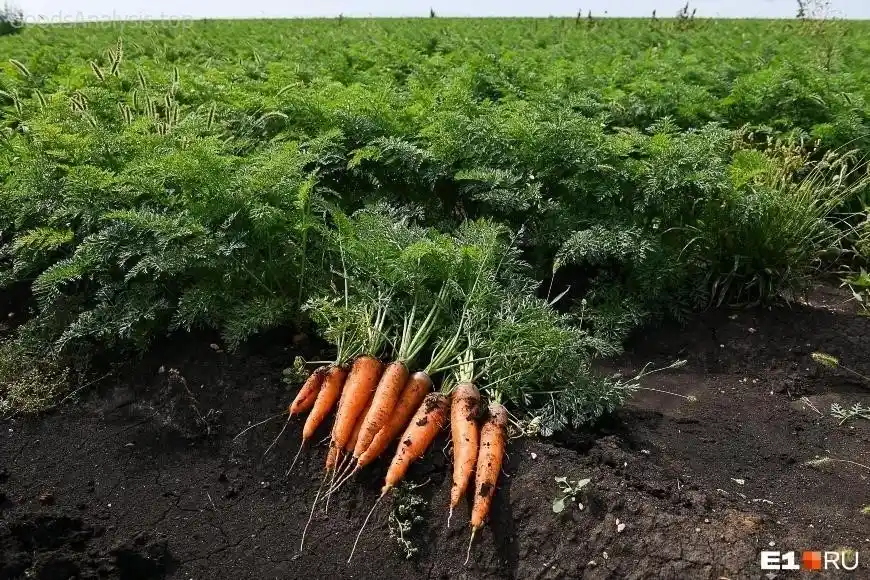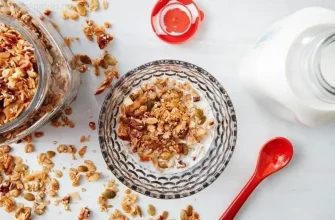Growing carrots indoors might seem like a bit of a stretch, but with the right setup and a little know-how, it’s absolutely doable. Whether you’re an experienced gardener or someone looking to try something new, cultivating carrots indoors offers plenty of benefits, from fresh, homegrown produce to the satisfaction of successfully growing something from seed.
Let’s take a deep dive into the world of indoor carrot cultivation. Grab a cup of tea—let’s get started.
The Basics of Growing Carrots Indoors
Carrots (Daucus carota) are one of the most popular root vegetables. They’re known for their vibrant orange color, crunchy texture, and sweet flavor. Carrots can be grown indoors with relative ease, but they do require some specific conditions to thrive.
What You Need:
- Containers: Carrots need space to grow deep, so choose containers that are at least 12 inches deep. A deep window box or a large pot will do the trick. If you’re really feeling adventurous, a deep plastic storage bin can work, too, as long as it has drainage holes.
- Soil: Well-draining, loose, sandy loam soil is ideal for carrots. The soil should not be too heavy or compact, as this can cause deformed roots.
- Lighting: Carrots need at least 6 hours of direct sunlight a day. If you’re growing in an area that doesn’t get enough sunlight, consider using grow lights (a full-spectrum LED light works well for this purpose).
- Temperature: Ideal growing temperatures for carrots are between 55°F to 75°F (13°C to 24°C). Carrots are fairly hardy, but they do best in moderate conditions.
- Watering: Keep the soil evenly moist but not soggy. Carrots need consistent moisture, especially during germination and early growth stages. Watering should be gentle to avoid disturbing the roots.
Step-by-Step Guide:
- Prepare the Container: Start by filling your container with soil. Leave about an inch from the top so water doesn’t spill over.
- Sow the Seeds: Carrot seeds are small, so sprinkle them evenly across the surface of the soil. Afterward, cover the seeds with a thin layer of soil (about 1/4 inch deep). You can space them out, but don’t worry too much about perfect precision; just try to keep them about 1 to 2 inches apart.
- Germination: Carrot seeds can take anywhere from 7 to 21 days to germinate. Keep the soil moist and make sure they get enough light. If you’re using grow lights, place the lights about 2-3 inches above the seeds and keep them on for 14-16 hours a day.
- Thinning the Plants: Once the seedlings emerge, thin them out to about 2 inches apart. This gives each plant room to grow its root.
- Water Regularly: Consistent watering is key to healthy growth. Keep the soil moist but ensure good drainage to prevent root rot.
- Harvesting: Carrots typically take 70-80 days to reach maturity. Depending on the variety, they may take a little longer, but you can begin harvesting when they’ve reached a desirable size.
Common Problems and How to Solve Them
Though growing carrots indoors can be very rewarding, it’s not always smooth sailing. Below are a few common issues you might encounter, along with solutions to keep your plants healthy:
- Deformed Carrots: If you notice your carrots are growing in strange shapes (curved, forked, or stunted), it’s likely due to compacted or heavy soil. To avoid this, make sure your soil is light and well-draining. You might even want to try using a special soil mix designed for root vegetables.
- Insufficient Light: Carrots need full sun or, at the very least, strong artificial lighting. If they don’t get enough light, they may grow long, spindly tops without developing substantial roots. If natural sunlight is inadequate, invest in a quality grow light that mimics sunlight and provides the necessary spectrum of light.
- Pests: Though pests are less of a concern indoors, aphids, spider mites, and fungal gnats can still be problematic. A light misting of neem oil or an insecticidal soap solution can keep these little invaders at bay. Just be sure to apply it when the lights are off to prevent burning the leaves.
- Overwatering: Carrots don’t like soggy feet. Overwatering can lead to root rot or mold growth. Ensure that your container has good drainage and that the soil stays moist but not waterlogged. A saucer under the pot can help catch excess water.
- Crowded Roots: If your carrots are too close together, they may not grow properly. Crowded conditions limit their ability to develop into the crisp, straight roots we know and love. Be sure to thin your carrots as they grow to give each root plenty of space to develop.

Benefits of Growing Carrots Indoors
- Freshness: There’s nothing quite like pulling a fresh carrot from the soil and eating it within minutes. Growing carrots indoors ensures you’re getting the freshest produce possible.
- Space-Efficient: Carrots can be grown in smaller spaces like a sunny windowsill, making them perfect for apartment dwellers or those with limited garden space.
- Year-Round Harvest: With proper care, you can grow carrots year-round, even during the winter months when outdoor gardening is not possible.
Who Should Consider Growing Carrots Indoors?
- Urban Dwellers: If you live in an apartment or a house with limited garden space, growing carrots indoors can be a way to supplement your diet with homegrown produce.
- Beginner Gardeners: Carrots are relatively low-maintenance compared to other vegetables. If you’re just starting out with gardening, they can provide an easy way to build your confidence.
- Health-Conscious Eaters: If you love fresh, organic produce but don’t want to rely on store-bought options, growing carrots indoors allows you to have a continuous supply of this nutritious vegetable.
Conclusion
Growing carrots indoors is a rewarding and practical way to enjoy homegrown produce without needing a large garden. With the right setup, a little patience, and some care, you can grow crisp, sweet carrots year-round. And who knows? Once you’ve perfected growing carrots, you may just be inspired to start a whole indoor vegetable garden.
Just remember, like with anything in gardening, patience is key, and it’s always good to embrace the process—not just the harvest!
Opinions from the People
1. Sarah, 43, USA (Suburban Homeowner):
“I never thought growing carrots indoors would work for me, but I gave it a shot last year. I have a small kitchen window that gets some good light, and to my surprise, my carrots grew beautifully! They weren’t the biggest I’ve ever seen, but they were so sweet. Definitely going to try again this winter.”
2. Tom, 60, UK (Retired Farmer):
“Growing carrots indoors? A bit of a novelty for me, but I’ve been experimenting with a few root vegetables. Carrots are a bit tricky, especially with light. I use LED grow lights, and that’s made all the difference. The results were fantastic, though I would recommend thinning them more aggressively.”
3. Priya, 29, India (Urban Gardener):
“I started growing carrots in a small container in my apartment in Delhi. It’s been a fun project, though the soil was a bit heavy for them at first, and I had to re-pot them. But now, I get fresh carrots every couple of months. Honestly, it’s worth it for the joy of growing something from scratch!”
4. Jean-Paul, 35, France (Tech Professional):
“As someone who works long hours, I didn’t think I’d have time to garden. But growing carrots in containers on my balcony has been a great way to unwind after work. It’s not as easy as you might think, but the effort is definitely rewarding. The first batch I grew was a little underwhelming, but I’ll be more prepared next time!”
5. Li Mei, 52, China (Urban Homesteader):
“I’ve been growing my own food indoors for years. Carrots were one of the first things I tried. The key is soil—get the right soil and they’ll grow fine. But you need patience, especially with thinning. It can feel like you’re losing crops, but trust me, it’s worth it.”
With a bit of knowledge and a little trial and error, growing carrots indoors can become a fulfilling hobby or even a way to add something fresh and healthy to your daily meals. Best of luck!









